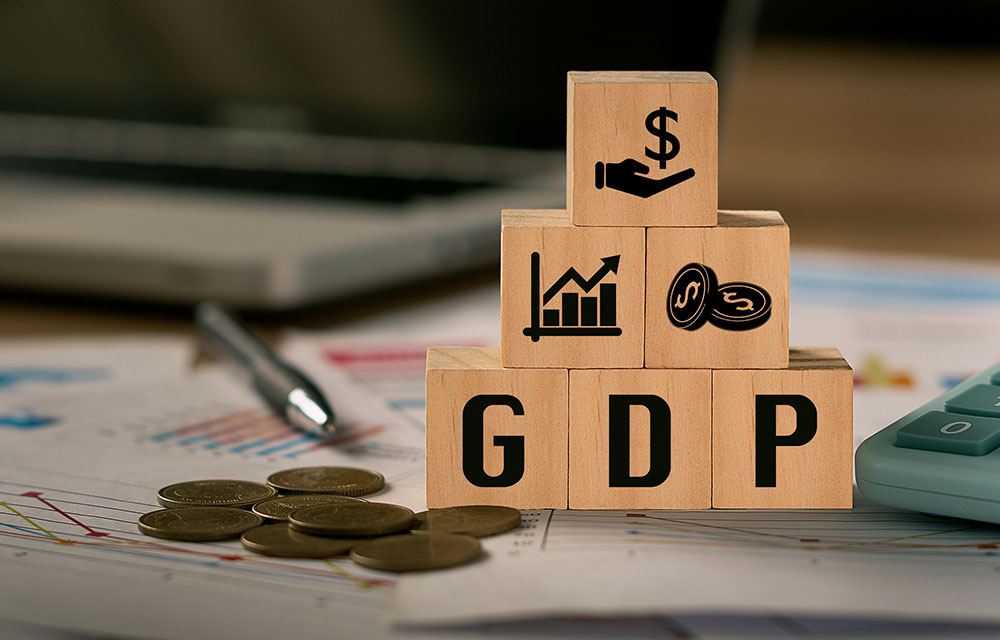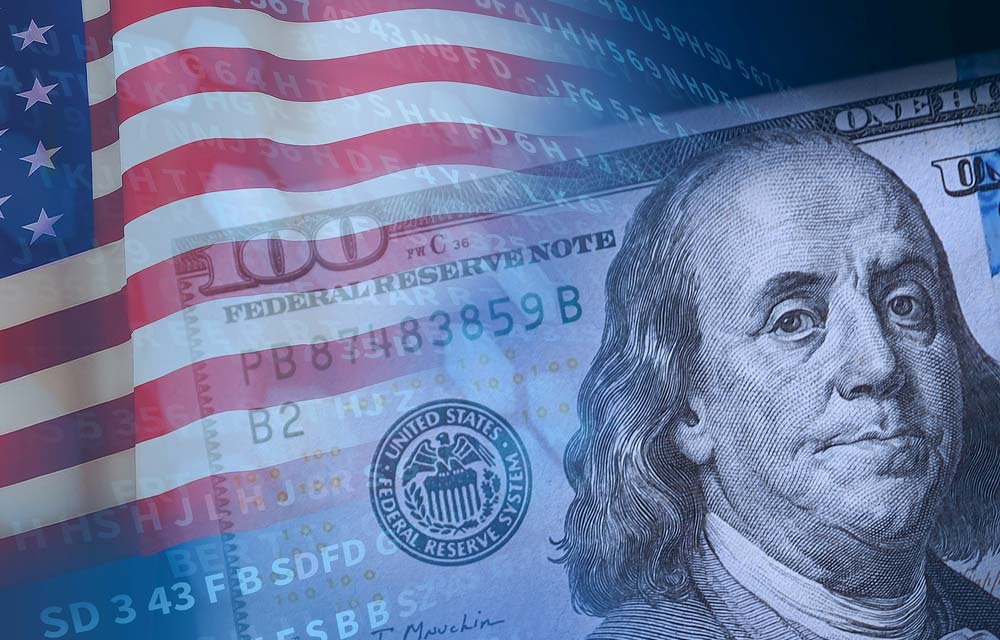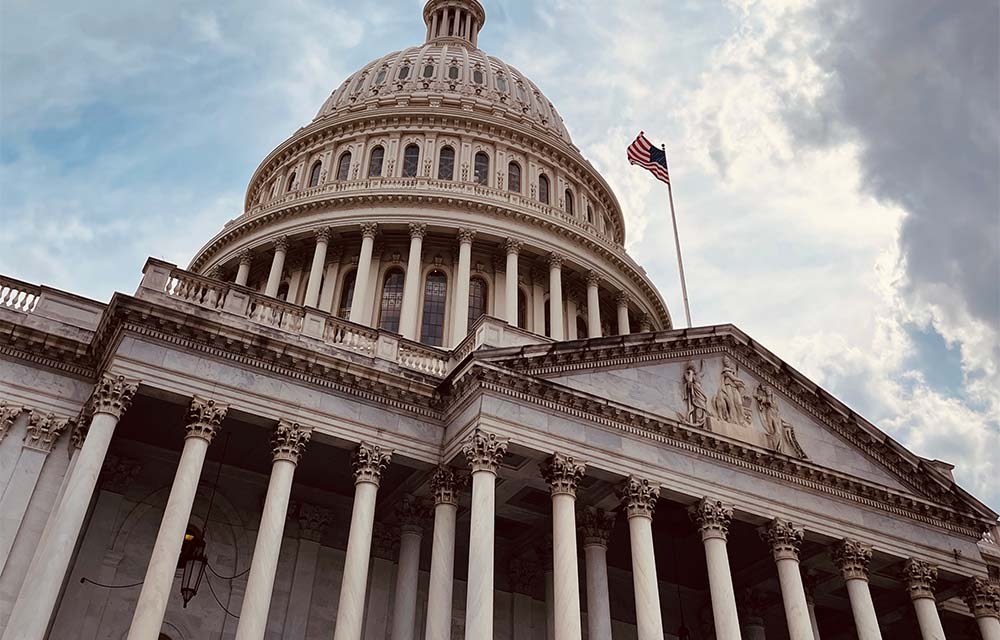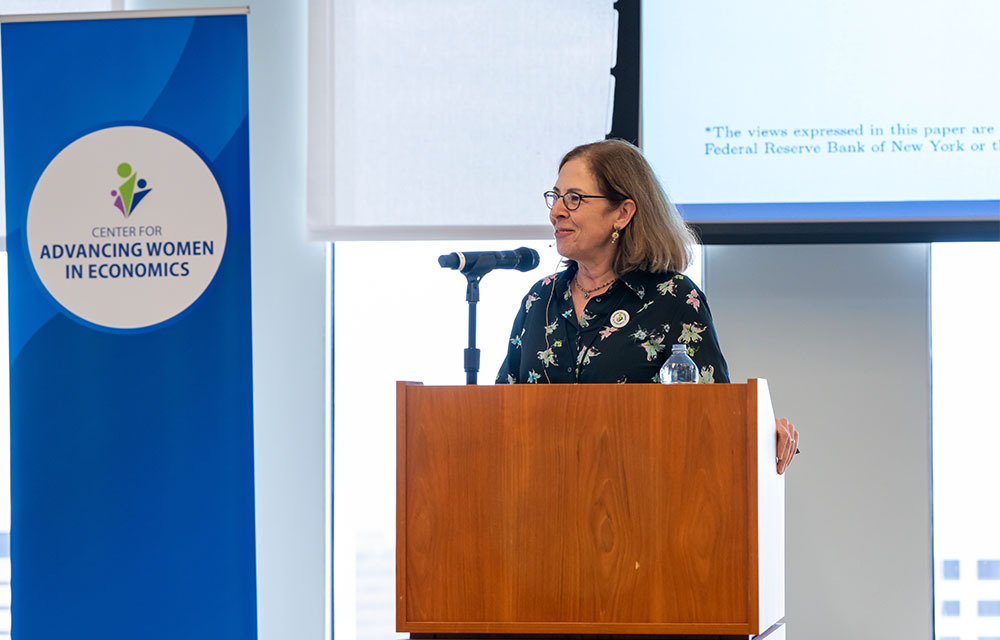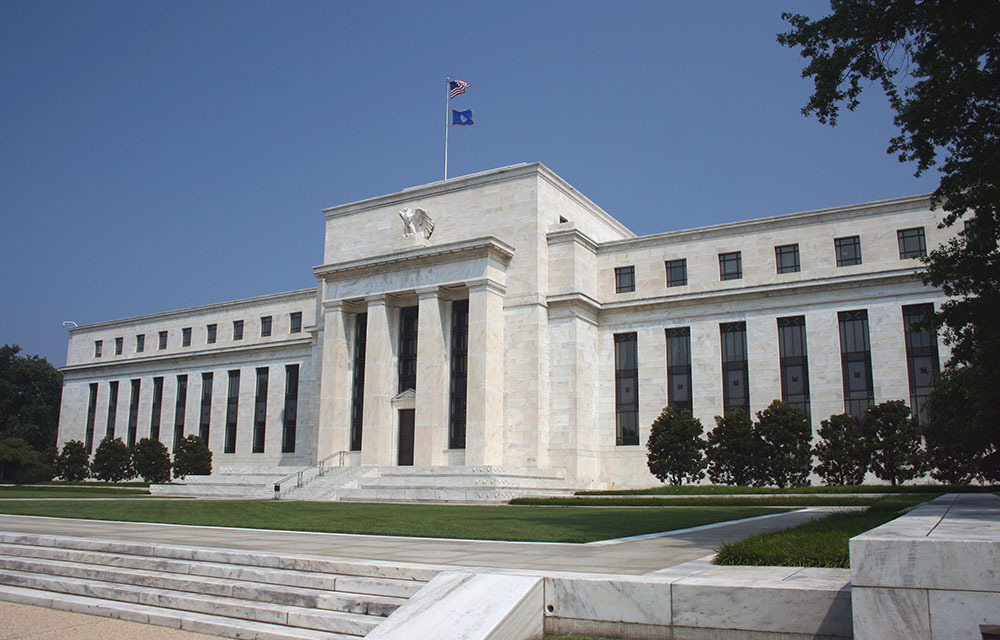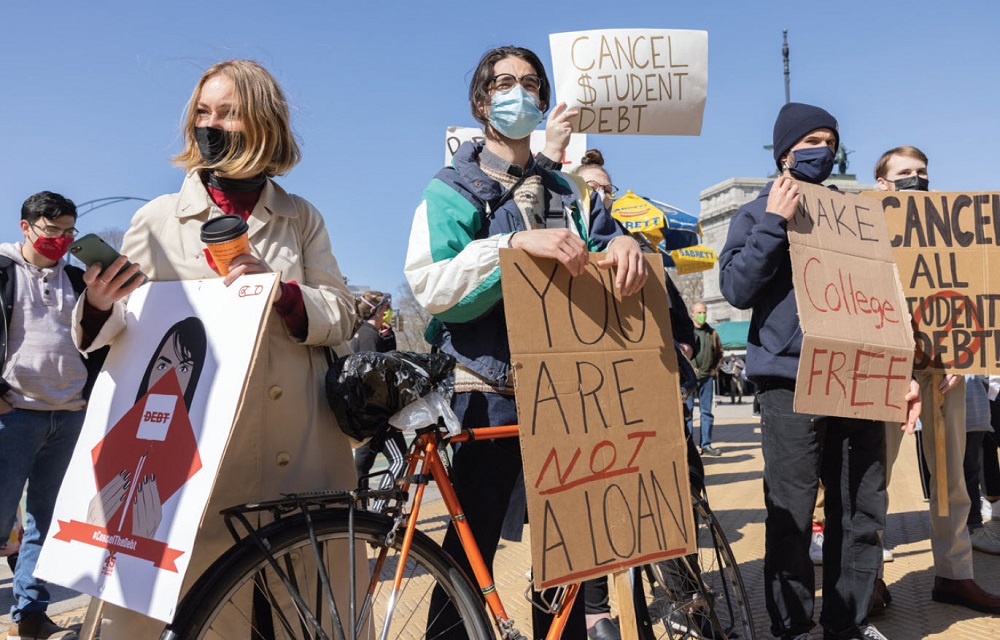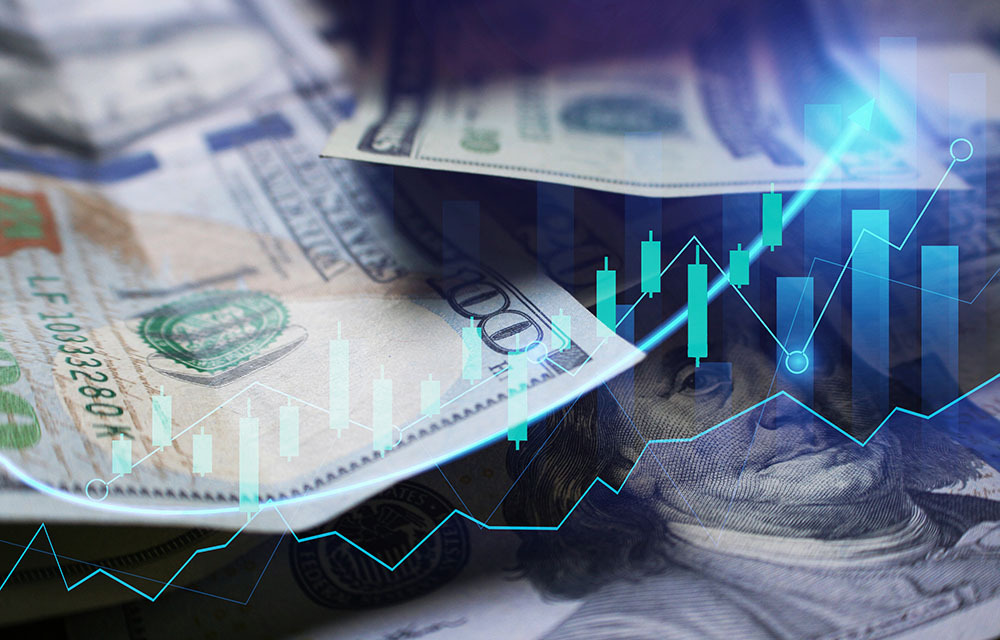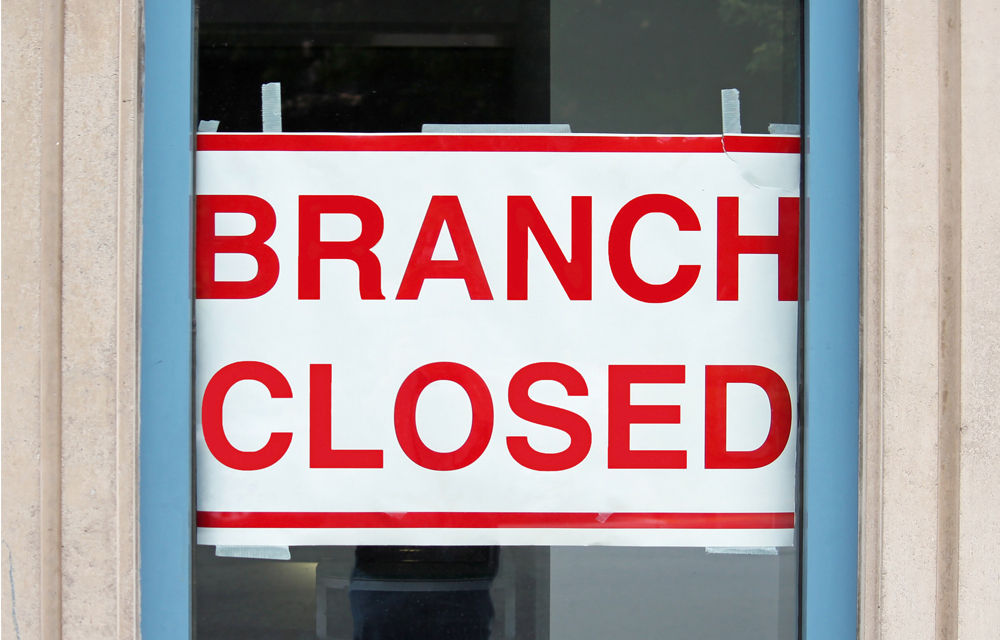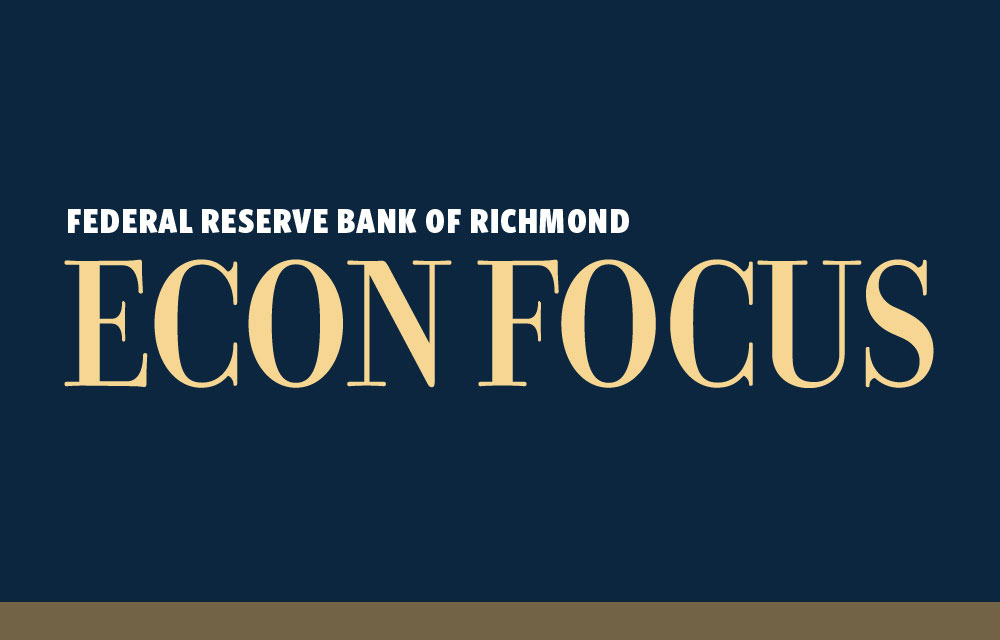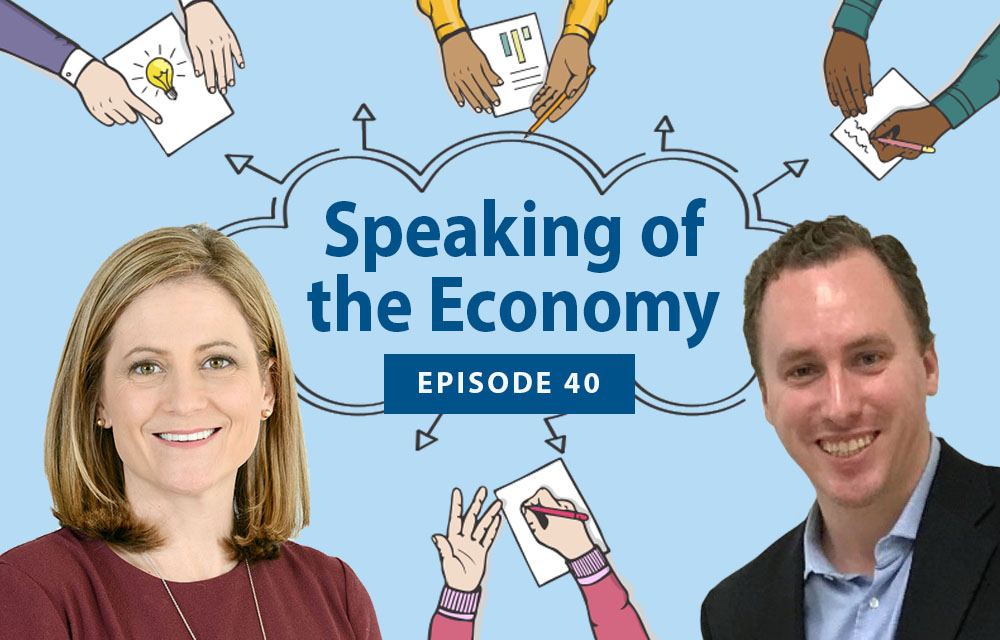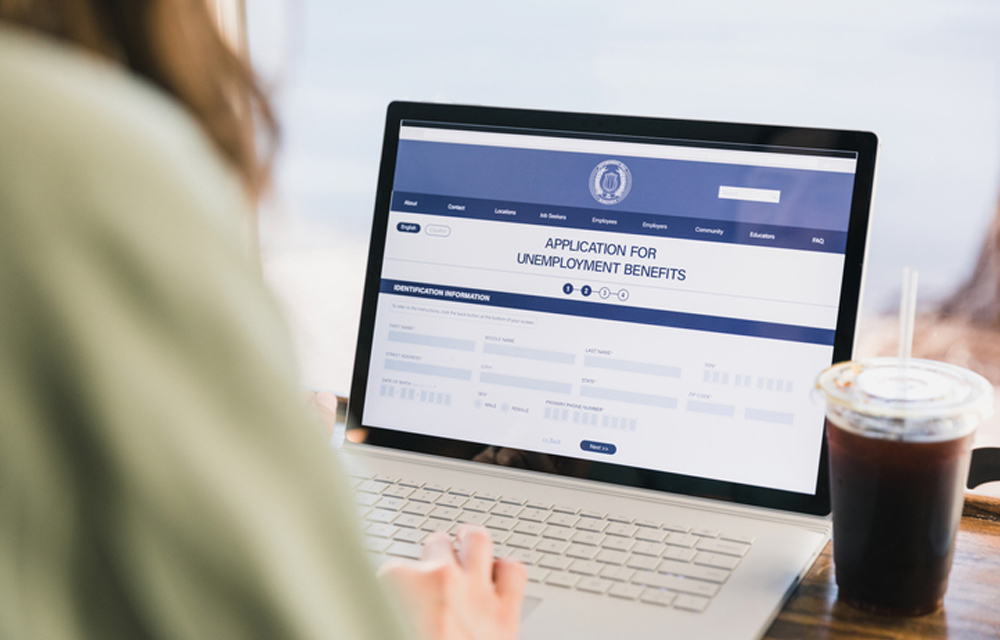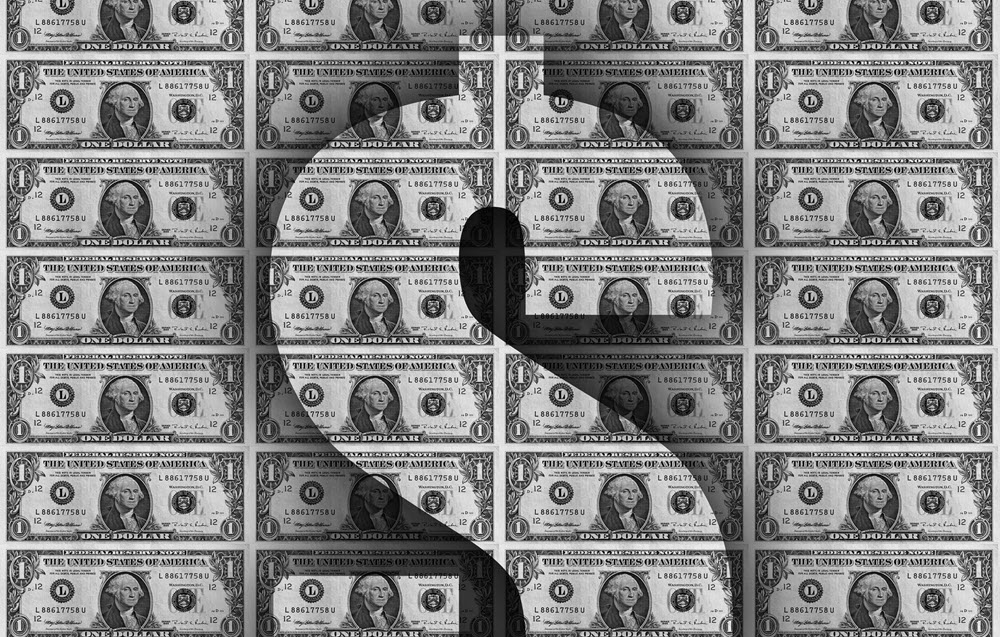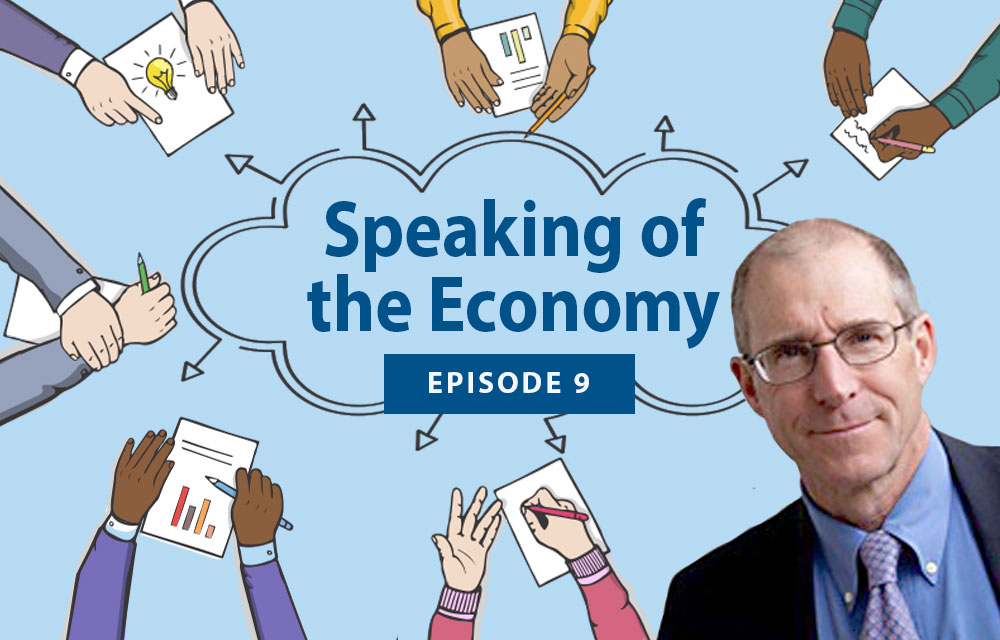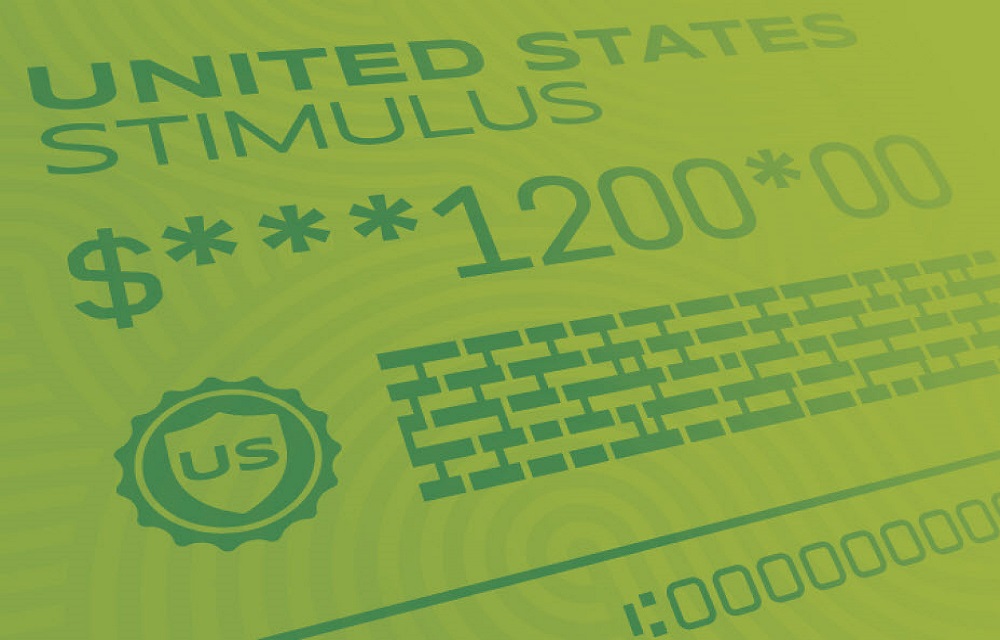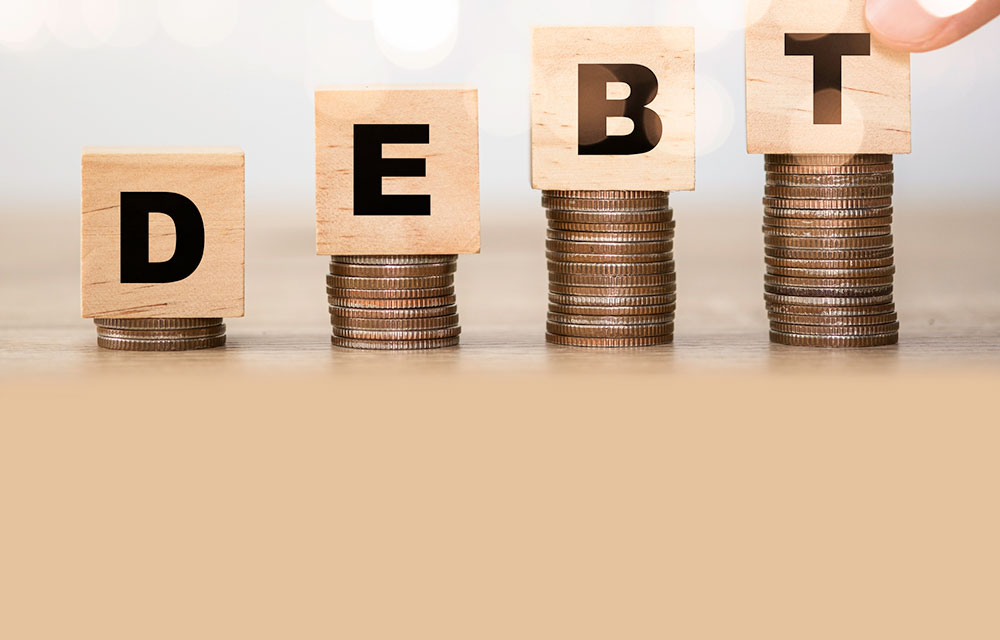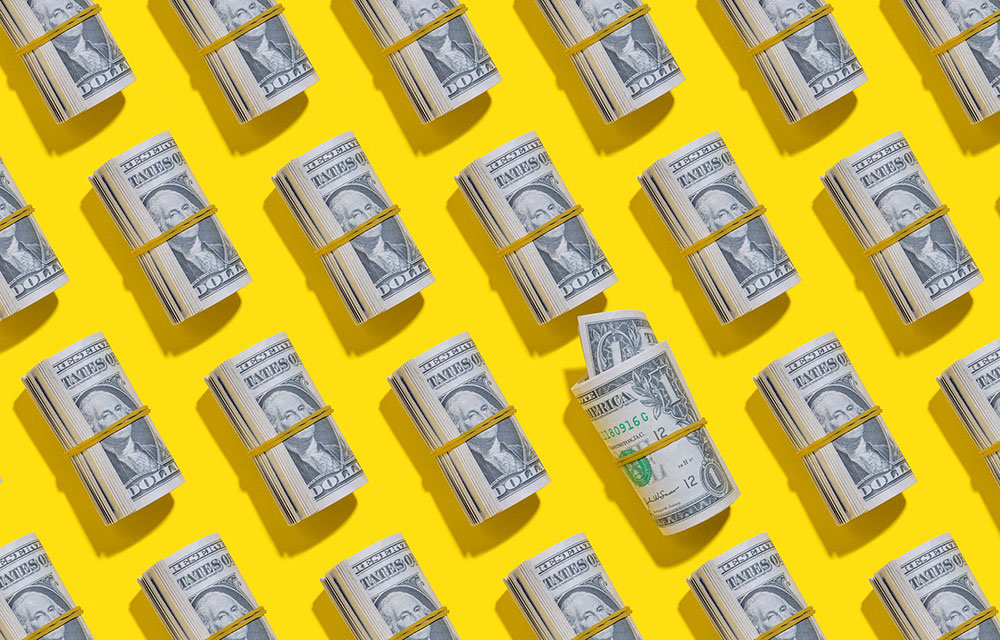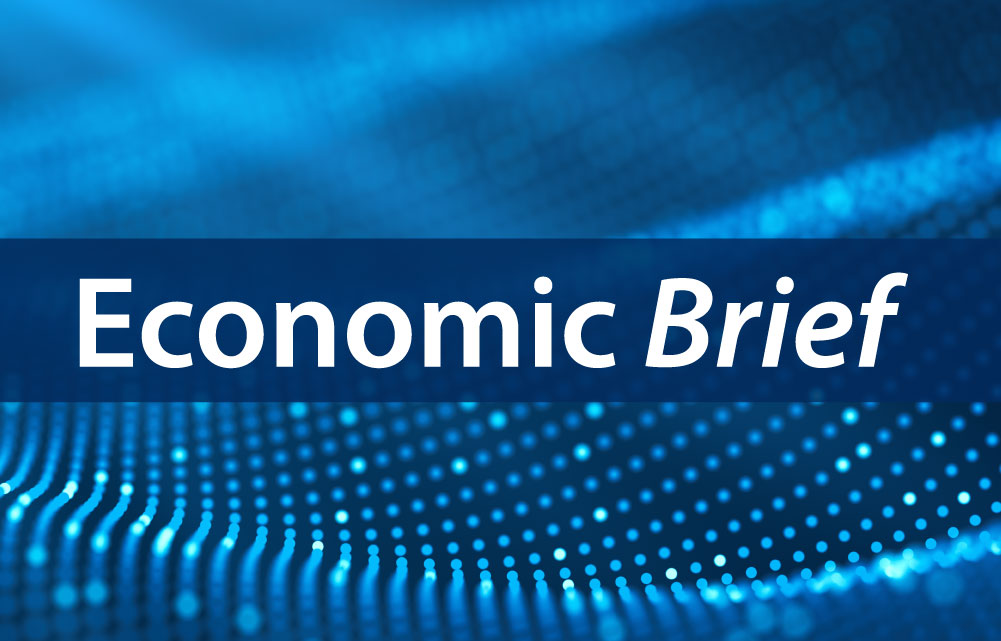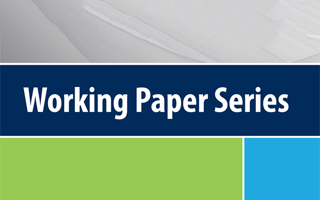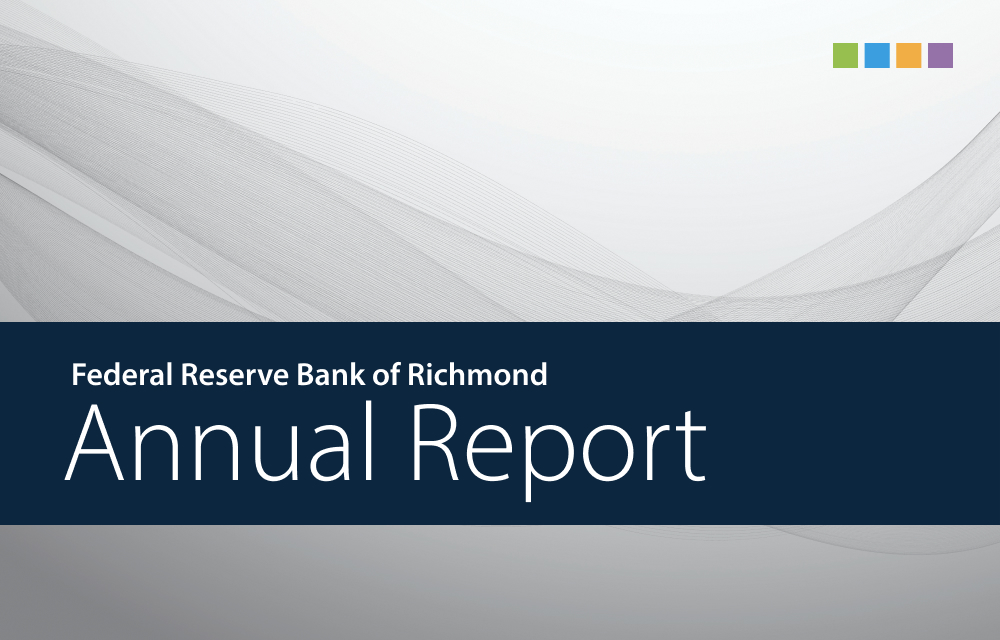A new approach addresses the dynamics of negotiations involving a single proposer and the inherent delays in reaching agreements.
Fiscal Policy
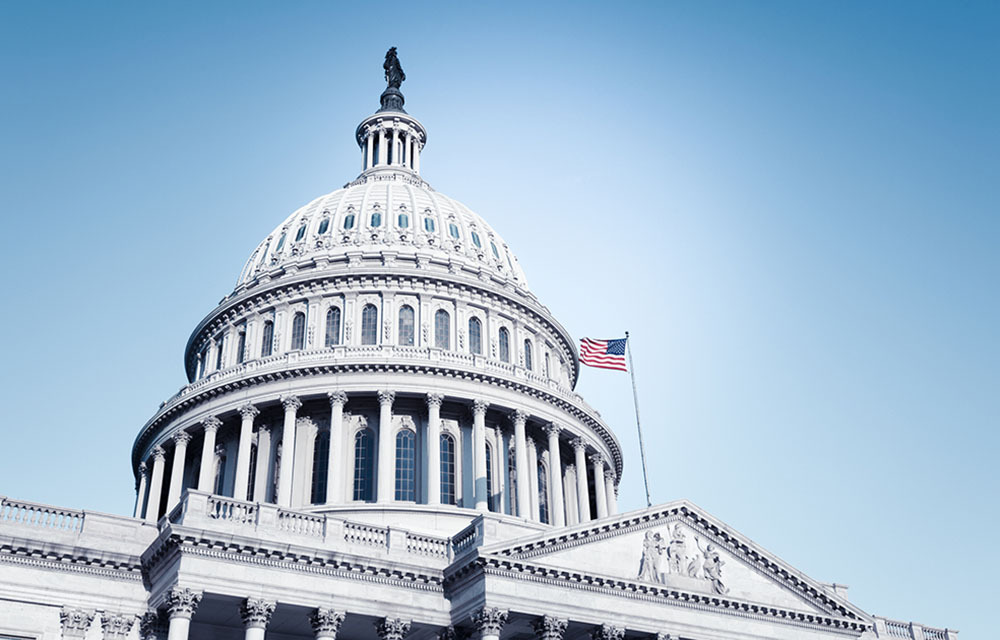
Fiscal policy is the use of government spending and taxation to influence the economy. The Federal Reserve does not set fiscal policy, but it's important for us to understand its effects.
 Updating Results
Updating Results
Local multipliers mean changes in government spending can have amplified effects on local economies.
Economist Carmen Reinhart discusses the twin financial and currency crises, the future of the dollar, sovereign debt, and more.
Once lauded as a model of fiscal discipline, Germany's debt brake now stands at the center of a growing debate over its broader economic consequences.
Understanding how government spending contributes to measurements of Gross Domestic Product (GDP) can be helpful when looking at its impact on the overall economy.
John O'Trakoun
Senior Policy Economist
By examining where federal spending occurs in Fifth District states, we can assess which areas could be more impacted by spending cuts.
A reduction of the federal workforce will affect D.C., Maryland, and Virginia more extensively than the rest of the country, but much depends on how and where the cuts occur.
University of California, Berkeley economist Alan Auerbach discusses the federal debt, the Social Security trust fund, and how Uncle Sam discourages seniors from working.
David A. Price
The topics presented included unconventional monetary and fiscal policy, global inflation patterns and worker responses to labor shocks.
Researchers examine how the post-pandemic trajectory of risk-free rates affects sovereign debt management and default risk in emerging markets (EMs).
Marina Azzimonti and Nirvana Mitra
A progressive tax system may reduce the incentive for households to increase their income.
Economic policy uncertainty rises significantly leading up to an election and stays elevated for a couple months after the election is over.
Borrowers didn't have to make payments for three and a half years. How will they — and the economy — weather a rapidly changing student loan landscape?
Research shows that several distinct mechanisms exist by which tighter political constraints can reduce the risk of sovereign default.
Simon Farbman
Richmond Fed economists Andreas Hornstein and Marios Karabarbounis discuss their research on unemployment insurance (UI), most recently on the disincentive effects of the substantial expansion of UI benefits during the COVID-19 pandemic.
The factors include intrinsic persistence, indexation, fiscal policy and unanchoring of expectations.
How quickly a country recovers from climate-related disasters is influenced by its ability to attract foreign capital — making recovery challenging for emerging economies.
David Ramachandran
Grey Gordon discusses his research on sovereign debt, the economic consequences of an increase in the cost of that debt, and the implications for the United States in the wake of the recent debt ceiling debate. Gordon is a senior economist at the Federal Reserve Bank of Richmond.
The recent bank failures at Silicon Valley Bank, Signature Bank, and First Republic Bank have brought banking policy back into the forefront of the national policy debate.
This paper evaluates the welfare effects of unemployment insurance in general equilibrium using a life-cycle model.
In August, President Biden signed into law a spending, revenue, and deficit reduction bill titled the Inflation Reduction Act. This bill intends to control inflation and reduce the country's deficit, but critics argue the consequences could outweigh the benefits.
This theory may be obscure, even to economists, but it can have quite an impact on inflation.
Among the topics covered at the Marvin Goodfriend conference were Fed bond facilities' impact on corporate credit risk and how trade leads to a global Phillips curve.
John Mullin
This essay explains why central banks have targeted a 2 percent target inflation rate instead of literal price stability.
The Infrastructure Investment and Jobs Act will bring billions of dollars to Fifth District states and communities, including small towns and rural areas.
The Paycheck Protection Program was intended to help business owners sustain their employees' wages during the pandemic.
Laura Ullrich and Sam Louis Taylor discuss the direct and indirect effects of federal aid to state and local governments during the COVID-19 pandemic.
Fifth District states have amassed budget surpluses over the past few years. Additionally, state and local governments received aid through the American Rescue Plan Act (ARPA). Now, states must decide how to spend both.
Lucas Moyon and Laura Dawson Ullrich
Unemployment insurance seems to help smooth consumer spending after a job loss, but there's disagreement on how much it discourages people from finding new jobs.
Governments across the globe recently reached agreement in principle on measures to counter the tax avoidance strategies of multinational corporations.
John Mullin
Congress passed the largest-ever program of support for American child care in the American Rescue Plan Act in March 2021, distributing $39 billion to the child care industry.
Hailey Phelps
The construction of the Interstate Highway System helped to develop the U.S. economy.
Hailey Phelps
Thomas Lubik discusses whether the government should spend beyond its means in response to an economic shock, like the COVID-19 pandemic, or an emerging crisis, like climate change.
Thomas Lubik discusses why the government may decide to spend more than it takes in and the constraints that exist on deficit spending.
This post looks at the current assessment of roads and bridges in the Fifth District and how states have recently allocated federal funds.
Joseph Mengedoth and Alexander Nikolov
This post explains how the newest round of stimulus dollars can be used to help governments and communities recover from the pandemic.
Targeted interventions toward COVID-19, rather than universal stay-at-home orders, might have resulted in less economic damage and fewer deaths, according to one researcher.
Andreas Hornstein
(Emeritus)
Recent legislation has again highlighted the U.S. welfare system. This EB summarizes the welfare system and a "work bias" embedded in many U.S. welfare programs.
The policies were gradually phased out in many advanced and emerging economies. Will they come back?
John Mullin
What does it take to deliver funding the “last mile” to the people who need it? Read more in President Tom Barkin’s latest essay.
Tom Barkin
President, Federal Reserve Bank of Richmond
The "modern monetary theory" tenet that governments can continuously print money to fund deficits ignores the fact that governments ultimately must satisfy creditors.
Michael U. Krause, Thomas A. Lubik and Karl Rhodes
President Tom Barkin discusses the importance of training the next generation of infrastructure workers.
Tom Barkin
President, Federal Reserve Bank of Richmond
Harvard University's James Stock shares his research on the European Union's use of carbon taxes and implications for enacting similar taxes in the United States.
UC San Diego economics professor on fiscal stimulus, technological lull, and the rug-rat race.
David A. Price
What does lifespan inequality mean for Social Security reform?
John Bailey Jones and John Mullin
Loan forbearance and other debt relief measures have been part of the effort to help struggling households and businesses.
John Mullin
The measures taken to slow the spread of COVID-19 have not only led to a sharp decline in employment and an unprecedented rise in unemployment but have negatively impacted state and local governments that depend on income and sales taxes as primary sources of revenue.
As a result of the COVID-19 pandemic, public debt has increased dramatically and private debt seems likely to increase as well.
Federal, state, and local government financial support for consumers in response to COVID-19 is widespread, but not universal. Who’s left out from existing governmental support programs?
The authors forecast the effects of COVID-19 on loan-delinquency rates under three scenarios for unemployment and house-price movements.
This Economic Brief highlights new evidence that significant changes in Japan's household consumption behavior did in fact coincide with the 1997 tax hike.
Thomas A. Lubik and Karl Rhodes
Recent research has employed county-level data to look at the effects of federal government spending — in particular, the 2009—12 stimulus — on aggregate consumption.
Bill Dupor, Marios Karabarbounis, Marianna Kudlyak, M. Saif Mehkari and David A. Price
High marginal rates can determine whether beneficiaries decide to keep working or retire. Research suggests that several policy alternatives are more likely to keep seniors in the workforce and to generate more revenue for the Social Security Trust Fund.
Helen Fessenden and John Bailey Jones
According to the authors, two factors could lead to an asymmetric multiplier: (i) financial frictions and (ii) downward nominal rigidities (that is, downwardly "sticky" wages and prices). This finding sheds light on likely outcomes of fiscal policies and helps account for inconsistent estimates of the multiplier in the literature.
Regis Barnichon, Christian Matthes and David A. Price
Can "sin taxes" be good for your health and the economy?
Helen Fessenden
Overall, the government pays more for lower-income individuals than higher-income individuals, but Medicaid is not just a program for the young and the poor. It provides substantial benefits to older adults with higher incomes as well.
The storied showdown between Fed Chairman Bill Martin and President Lyndon Johnson wasn't just about personalities. It was a fundamental dispute over the Fed's policymaking role
Helen Fessenden
According to conventional wisdom, wealth redistribution boosts output by increasing aggregate consumption. However, while redistributive policies can have a short-run stimulative effect on consumption, their effect on output depends, potentially quite importantly, on the nature of household labor supply.
Kartik B. Athreya, Andrew Owens, Jessie Romero and Felipe F. Schwartzman
TELs are part of a larger set of fiscal rules aimed at curbing the budget process with the objective of constraining decisions made by governments. Recent research has examined the effectiveness of TELs in achieving their intended objectives.
Richmond Fed President Jeffrey M. Lacker spoke on May 30, 2014 during the Hoover Institution’s Central Banking Conference at Stanford University.
Jeffrey M. Lacker
President, Federal Reserve Bank of Richmond
Richmond Fed President Jeffrey M. Lacker spoke about the economic outlook Jan. 17, 2014, in remarks to the Richmond chapter of the Risk Management Association.
Jeffrey M. Lacker
President, Federal Reserve Bank of Richmond
In response to the financial crisis and recession of 2007-09, the federal government enacted a number of emergency fiscal policies intended to aid recovery. However, the unconventional and transitory nature of these fiscal policies may have contributed to greater economic uncertainty.
In this paper we ask how uncertainty about fiscal policy affects the impact of fiscal policy changes on the economy when the government tries to counteract a deep recession.
Christian Matthes and Josef Hollmayr
Concerns about fiscal imbalances in Europe and the United States have led to intense debates about whether governments should dramatically cut spending or increase taxes to reduce government debt — a course of action often called fiscal "austerity."
This Economic Brief argues that the current fiscal position is not sustainable. Though financial markets seem unconcerned, for the time being, about U.S. fiscal health, as evidenced by low rates on Treasury securities, lawmakers should not be complacent.
Several recent research efforts have found that stimulative fiscal policy — government spending or tax cuts — can have unusual effects when nominal interest rates are as low as they are today. In particular, some studies have found that the government spending "multiplier" can be much larger at the zero lower bound.
Existing policies to reduce emissions of carbon dioxide (CO2) largely have been structured to subsidize alternative energy technologies. Yet these policies are likely not to be as useful as ones that target CO2 emissions directly, such as an emissions tax or a "cap and trade" program.
It is widely believed that public sector spending and investment can restore aggregate economic activity to efficient levels. But some policy responses are likely to be more successful than others.
In this paper we develop a quantitative dynamic stochastic small open economy model with incomplete markets, endogenous fiscal policy and sovereign default where public expenditures and tax rates are optimally procyclical.
Gabriel Cuadra, Juan M. Sanchez and Horacio Sapriza
We show that, when we assume that the government issues bonds with a duration similar to the average duration of sovereign bonds in emerging economies, the model generates an interest rate that is substantially higher and more volatile than the one obtained assuming one-quarter bonds.
This paper investigates the ability of a region participating in a currency union to affect its inflation differential with respect to the union through fiscal policy.
We analyze the problem of optimal public investment when government purchases of productive capital assets are financed through income taxes.
Marina Azzimonti, Pierre-Daniel G. Sarte and Jorge Soares
We study the behavior of output, employment, consumption, and investment in Germany during the Great Depression of 1928-37. In this time period, real wages were countercyclical, and productivity and fiscal policy was procyclical.
Jonas D.M. Fisher and Andreas Hornstein
The paper explores the relationship between financial stability, deflation, and monetary policy. A discussion of narrow liquidity, broad liquidity, market liquidity, and financial distress provides the foundation for the analysis.
Reviews the Bank's operations and includes the article entitled "What Assets Should the Federal Reserve Buy?"






